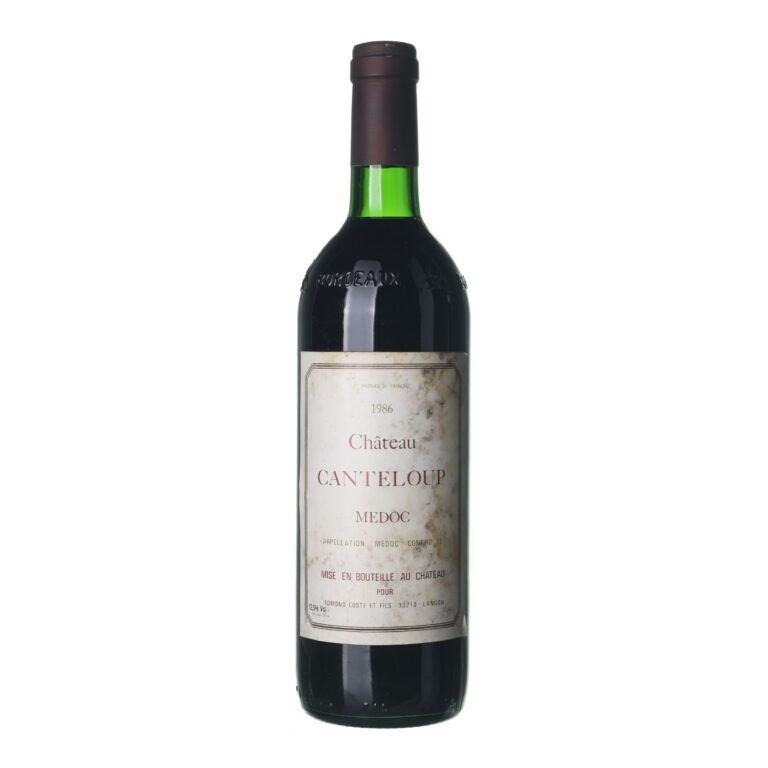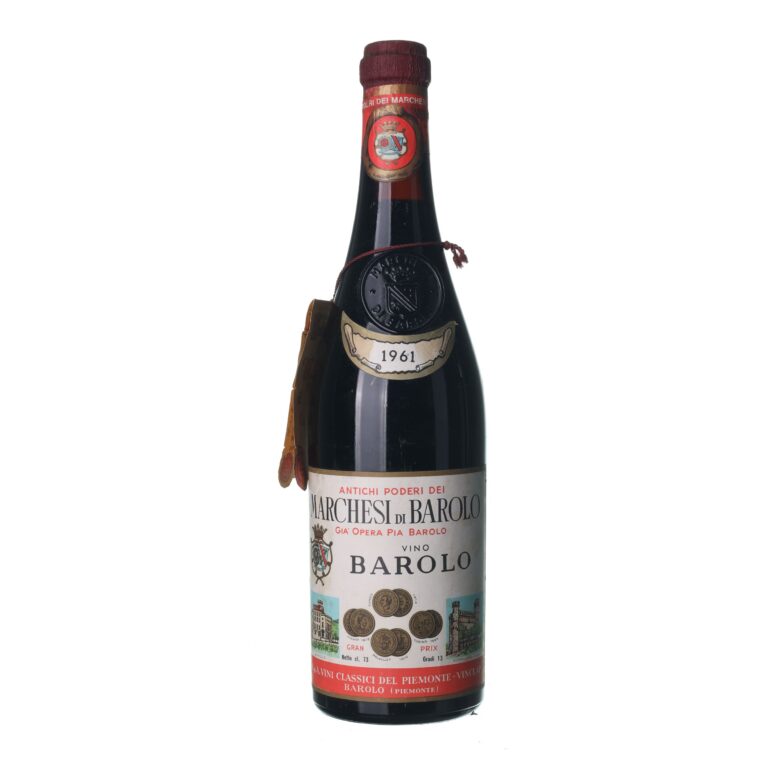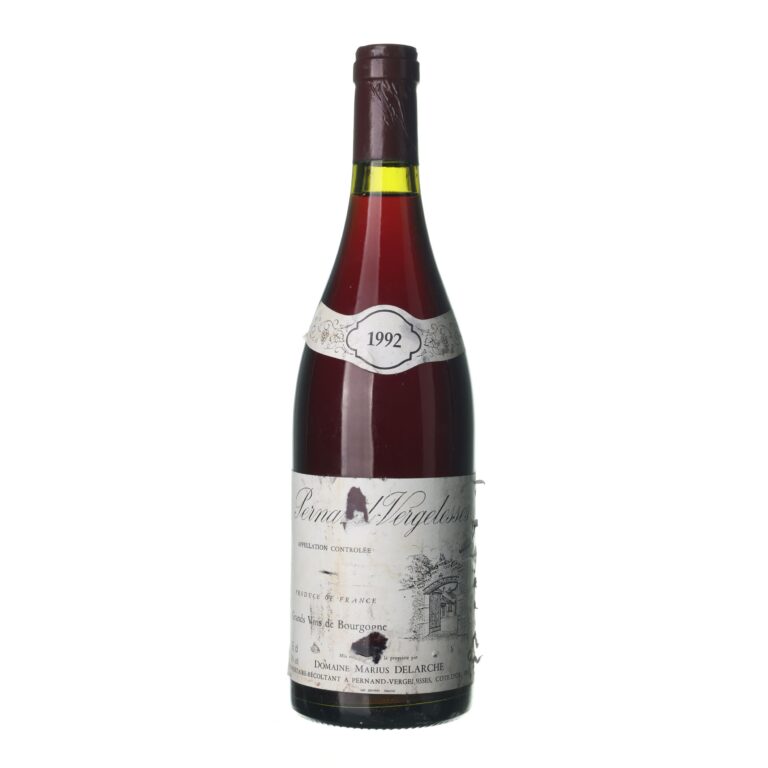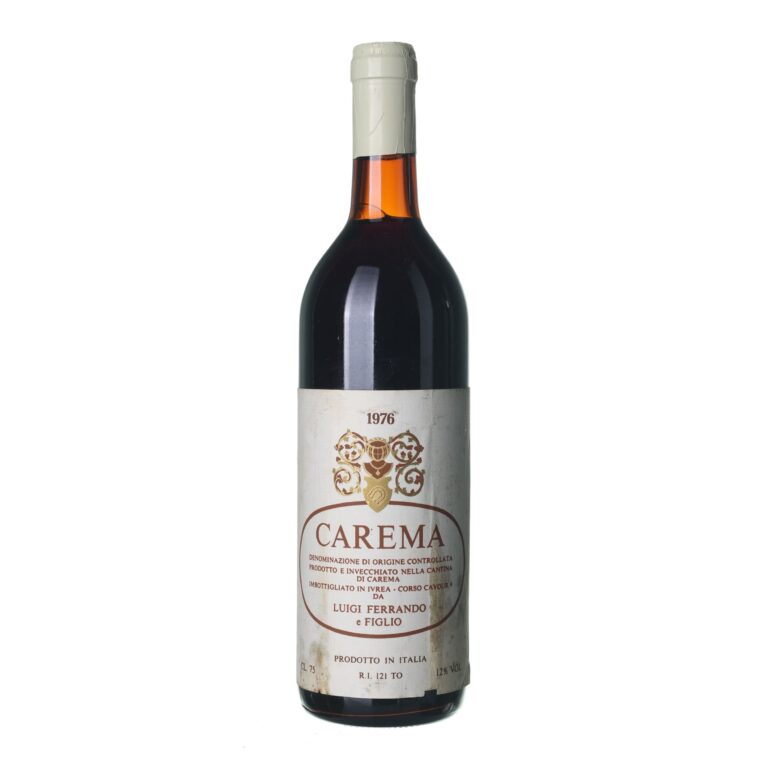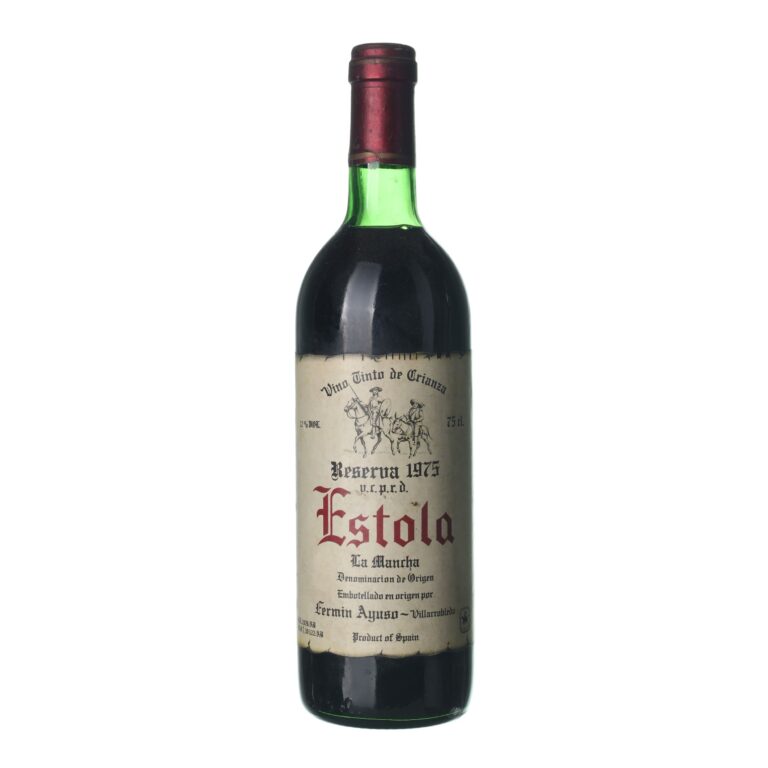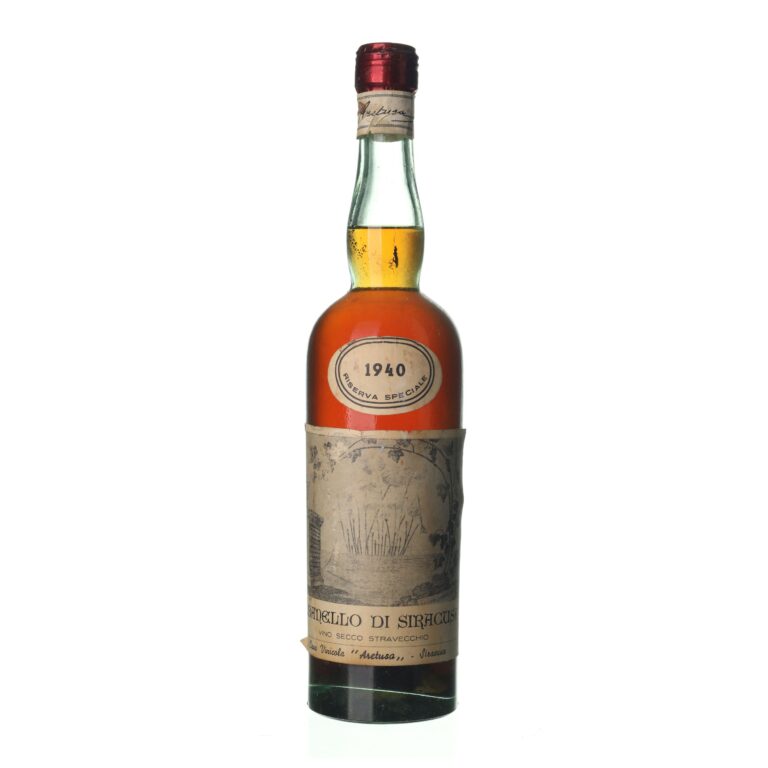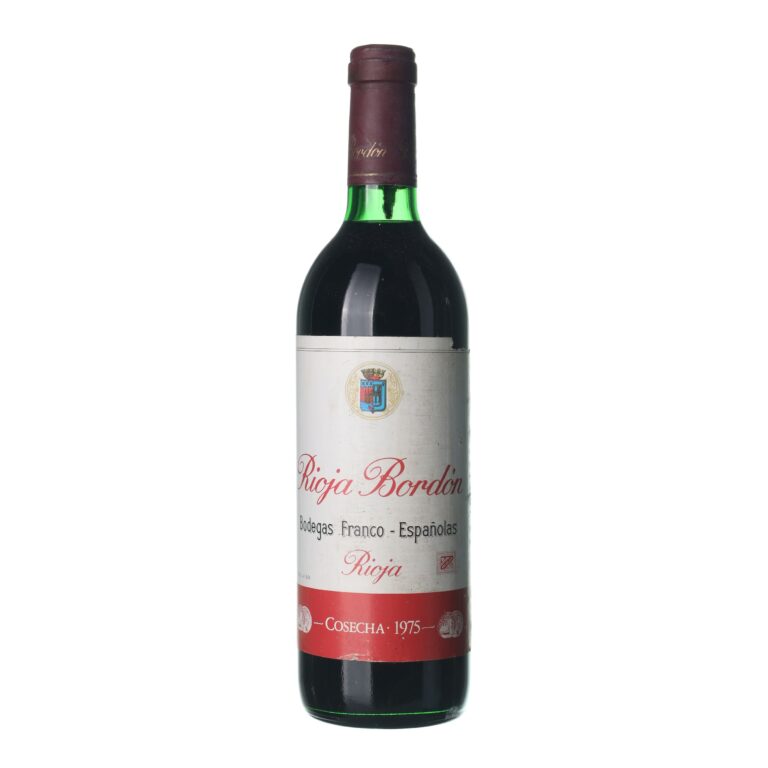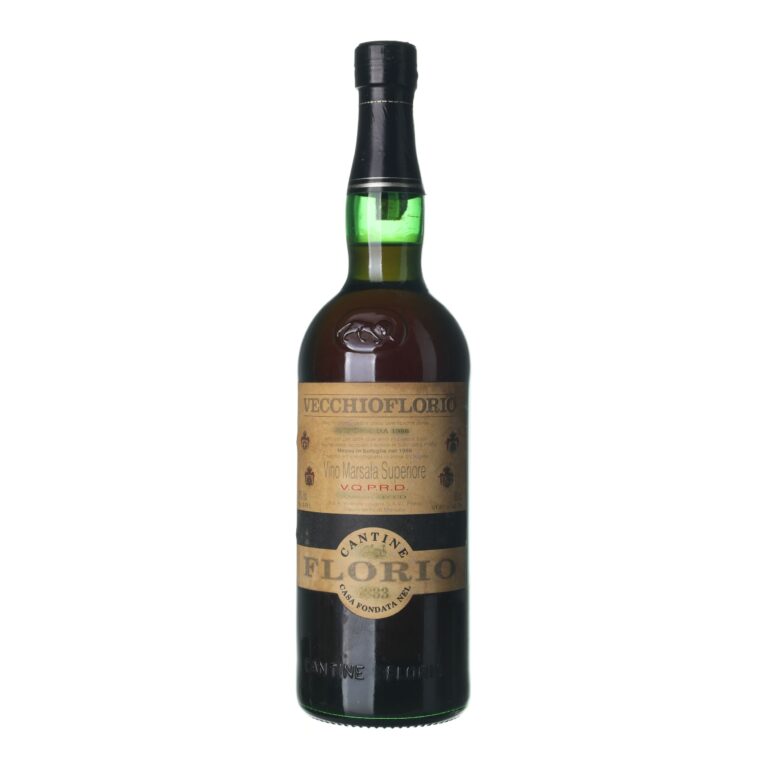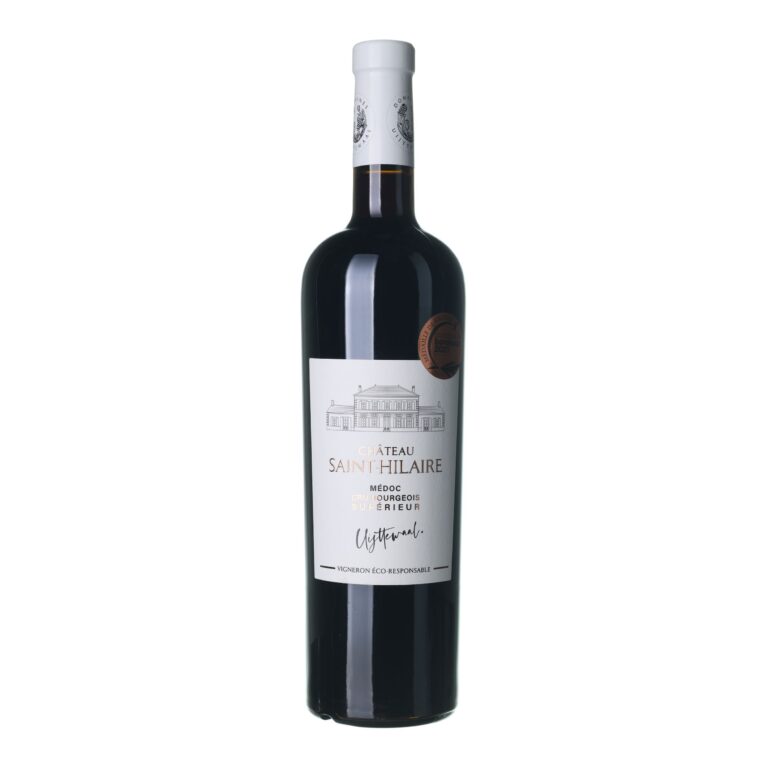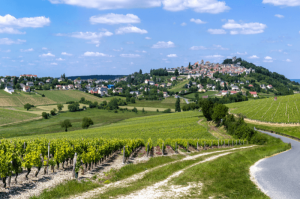Eight shades of red: basic red wine types – Part 1
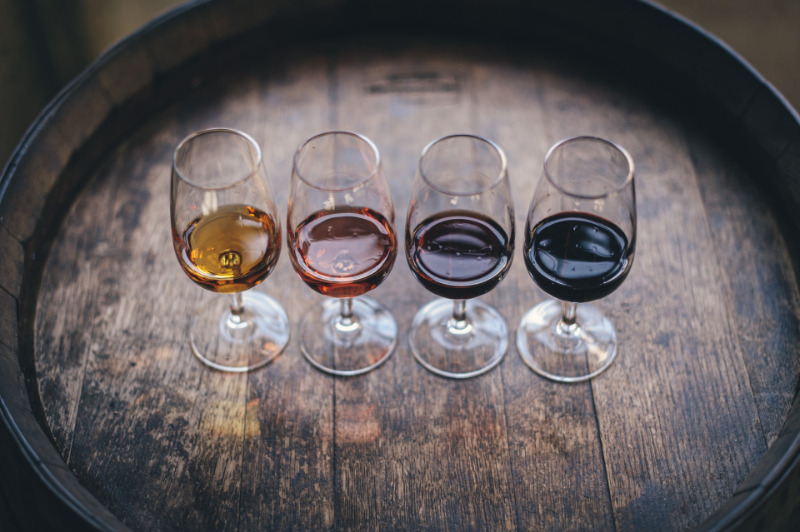
They say that that a good red wine is best enjoyed with friends. Reds also have the reputation of requiring a good deal of time and care to explore their tastes and aromas. However, if you give this, they will reward your efforts richly. Do you know what the most famous varieties are and what’s so interesting about them? Read on!
Imagine you’re meeting someone new. What would you like to know about them, and where would your first conversation go? Would you ask where they come from, how old they are, what cuisine they like, or would you like to find out something interesting about them?
If so, you should know that the case is similar with wine. That’s why we prepared a two-part series for you where the most famous types of red wines will play the role of the one answering the questions. Let’s now get acquainted with the first four:
1. Cabernet Sauvignon
A little history: The birthplace of Cabernet is France, specifically the Bordeaux wine region. Cabernet Sauvignon was created here in the 17th century by a spontaneous crossing of the ancient varieties Cabernet Franc and Sauvignon Blanc. The most famous wines with a high percentage Cabernet Sauvignon come from Bordeaux, and the most prominent are Margaux, Pauillac, Graves, Haut-Medoc and Medoc.
Cabernet in numbers: Cabernet Sauvignon ranks 7th worldwide in acreage, and it’s said that thanks to its resistance to diseases and its popularity it’s replacing the other blue grape varieties. Its boom began at the end of the 19th century, when Europe was afflicted with a disastrous grapevine blight.
Who will enjoy it? Cabernet Sauvignon will be appreciated by all those who love full-bodied powerful wines. They will enjoy the scent of forest fruits, black currants, and also tones of bitter chocolate, cigars, or graphite. The young wines are powerfully tannic, and after maturation in the bottle they acquire softness or even a velvety quality.
What to enjoy it with: Put a bottle of this wine on your table if you’re going to serve meat – especially beef or steaks. You also won’t go wrong serving it with wild game, which generally shouldn’t lack accompaniment by a red wine.
Something you may not know: Cabernet Sauvignon is among the four most popular red wines worldwide. The others are Syrah, Pinot Noir, and Merlot. It’s suitable for archiving, because it matures very slowly, with an optimal period of 5–10 years, though sometimes it can be longer.
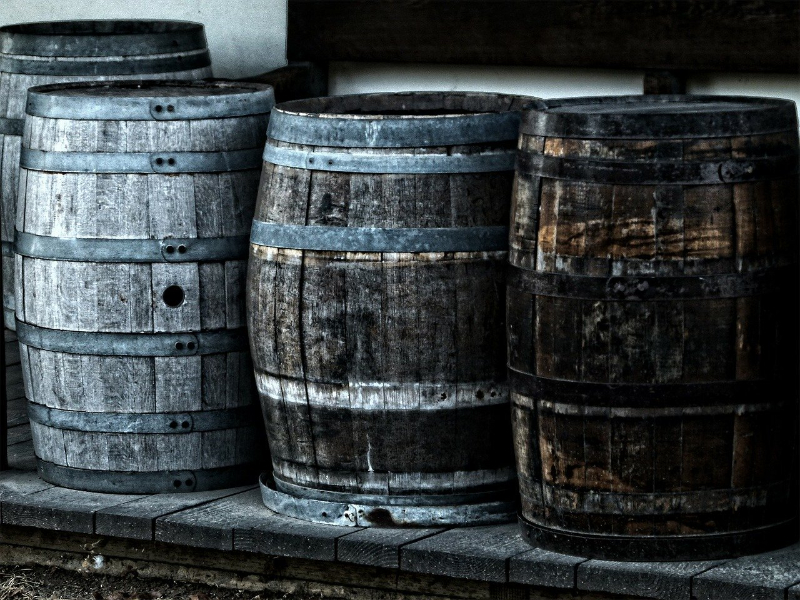
2. Dornfelder
A little history: Dornfelder is an originally German grape variety that was bred in Weinsberg, in the Research Institute for Viticulture and Fruit Growing. It was created by the viticulturist August Herold by crossing the Helfensteiner variety with Heroldrebe.
Dornfelder in numbers: Until a few years ago, Dornfelder was the second-most cultivated blue grape in Germany (after Pinot Noir). Here in Czechia it occupies less than 1 % of vineyards. However, it has caught on more in “non-wine-growing” regions, such as England, the Netherlands, Luxembourg, and Belgium.
Who will enjoy it? Those who love aromatic scents and flavors in their wine are going to enjoy Dornfelder. A fruity, full-bodied aroma dominates in this variety, and it tastes like stone fruits and forest berries and sometimes has tones of roasted nuts.
What to enjoy it with: Definitely try it with pasta, with grilled meat or with strong-tasting cheeses.
Something you may not know: This variety is named after the founder of the first school of viticulture in Germany – Immanuel Dornfeld. It was registered in the Czech Republic’s official State Wine Varieties book in 2004.
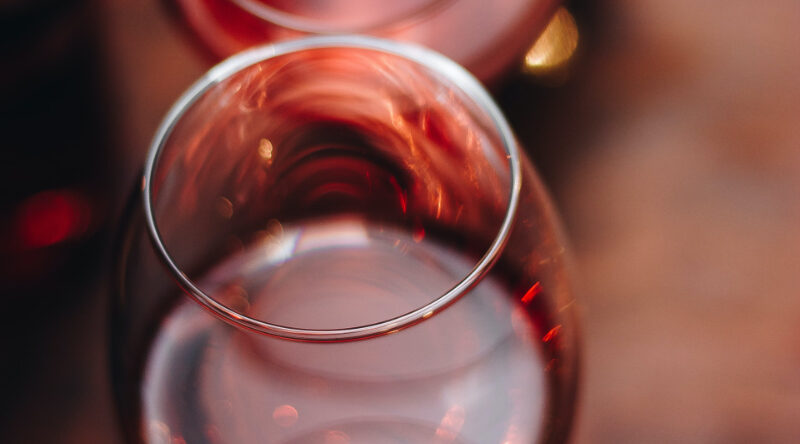
3. Blaufränkisch
A little history: Blaufränkisch is an ancient variety that probably originated in Austria, but some also propose a German or French provenance. It has many synonyms in local or regional use.
Blaufränkisch in numbers: Blaufränkisch is very popular in the Czech Republic, where it is the second most widely-grown blue grape and occupies 7 % of the space in the country’s vineyards. This variety is called Frankovka in Czech.
Who will enjoy it? People who enjoy a rich, full taste and aroma with hints of plums, cherries, or maybe blackberries. There are a lot of tannins in Blaufränkisch, which means they are suitable for archiving. This rounds out their sharp taste.
What to enjoy it with: Try a red wine like Blaufränkisch with traditional Czech cuisine, where it’s at home with a roasted goose, duck, or another kind or roast meat.
Something you may not know: This wine variety is sometimes said to be as capricious as an inconstant woman and that it has all of her good and bad qualities.
4. Merlot
A little history: Merlot s one of the oldest varieties, and we already find mentions of it in the 14th century. It hails from France, most likely from the Bordeaux region.
Merlot in numbers: This variety is said to be grown on more than 100 000 hectares worldwide, and is the sixth most widely grown variety of must grape. Merlot is typical on the right bank of the river Garonne in Bordeaux, which is the homeland of famous wines that primarily contain Merlot: Pomerol and Saint-Emilion
Who will enjoy it? Merlot smells of stone fruits, but you’ll also detect black spices. The wine is soft or even velvety, and connoisseurs will enjoy tones of truffle or chocolate in older vintages.
What to enjoy it with: Serve Merlots with pâtés, smoked meat or Emmental cheese. It can also be drunk without food.
Something you may not know: The name Merlot is derived from the word for blackbird in French – Merle – a creature that enjoys eating grapes of this variety.
One more thing:
You surely know that it’s very easy to find dry red wines on the market. But maybe the tricky question has occurred to you – and it’s one that’s often inappropriate for winemakers – of whether there exist semisweet or even sweet red wines. Well, it depends on what you mean by sweet. It’s possible to produce them, but for several reasons they aren’t going to be very high-quality beverages. We’ll write about that another time … However, if you insist on drinking sweet wines, for the time being jut seek out red wines with an exclusive attribute. The best type here are those that bear the “selected grapes” label.
Don’t forget that wine matures over time and its taste and aroma change. Vintage wine will therefore usually surprise you: even two identical bottles don’t necessarily contain the same wine. Are you interested in finding out about more famous varieties of red wine? Or would you rather learn something about the lesser-known varieties of Italian wine?
Select wines. In your email.
once every month. You can look forward to our recommendations, interesting content, and great offers for your archive for your archive.
By sending an email you agree to the Terms and Conditions for Protection of Personal Data


